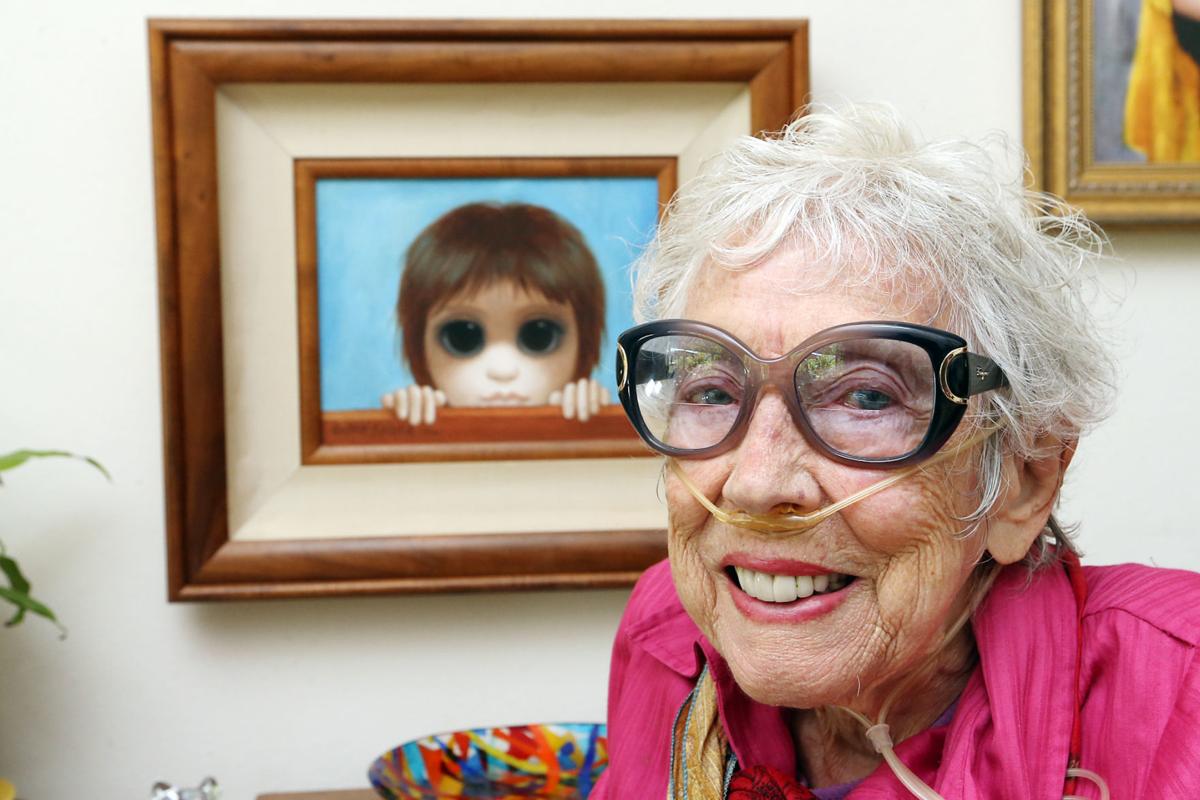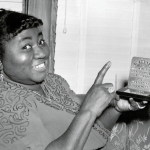Pablo Picasso. Salvador Dali. Leonardo Davinci. Jackson Pollock. Michelangelo. Edgar Degas. Vincent Van Gogh. Claude Monet.
These are all names of famous painters you have probably heard of, learned about, and maybe even own a print of their work. Something they all have in common? They are all men. Throughout my 16 years of being in school, these are the members of the art world I remember learning about. Sure, Frida Kahlo was thrown in there somewhere, and yeah, I’ve heard of Georgia O’Keefe. But believe it or not, there are more than two female painters who have created gorgeous masterpieces worth millions of dollars.
So, why can I list nearly 10 male painters without a thought, yet have to rack my brain to come up with two women who have contributed their brilliance to the art world?
It’s because the sexual discrimination in art has caused women to be neglected and undervalued in a space that has exploited their bodies to paint pure, angelic depictions of women for the male gaze.
Certainly the state of women in art has become better since the 1500s when they weren’t even allowed to look at paintbrushes, but it isn’t as evolved as you think. Female artists are still highly underrepresented in museums, exhibits, and galleries. According to the National Museum of Women in the Arts, women make up 51% of visual artists, a statistic that is not represented in any art space. In the entirety of history, only TWO women have broken into the top 100 highest auction sales for a piece of art.
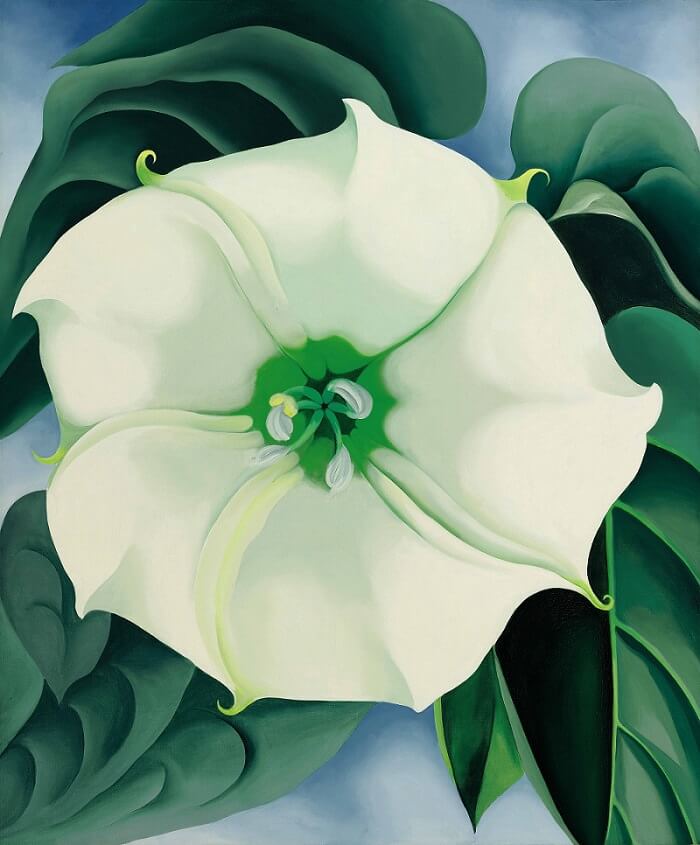
Georgia O'Keefe, White Flower No. 1, sold for $44.2 million
Female artists have been ignored in art history, particularly noticeable during the Renaissance Era where art became a prominent aspect of everyday life. Women were often used as the subject of paintings and other art works as representations of desire and beauty, however, they were rarely represented behind the canvas.
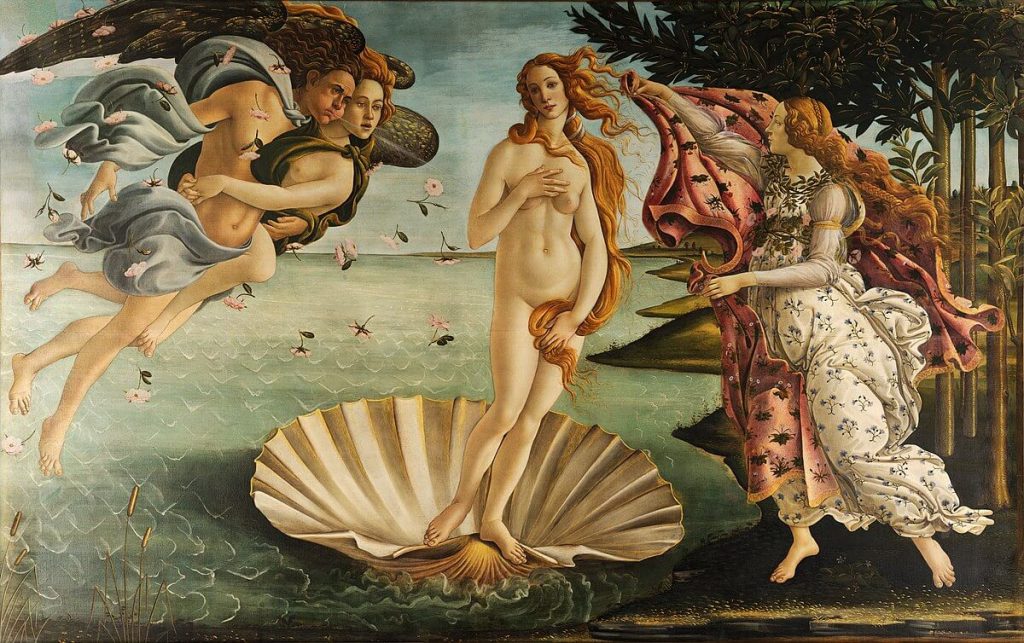
Sandro Botticelli, The Birth of Venus
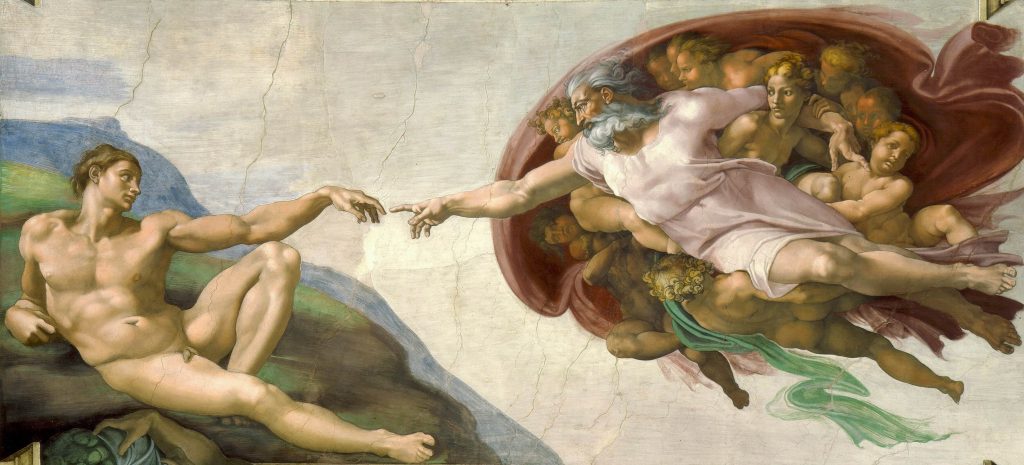
Michelangelo, The Creation of Adam
Women were widely unwelcome in the art world until the 19th century, when art history was acknowledged as a science. The patriarchy-driven society believed women were incapable of producing valuable works of art, however, there were some female painters of the Renaissance that broke boundaries and stepped into the male-dominated art scene. Many of them had male family members who were artists that allowed them to bypass the typical apprenticeship process painters and sculptors did within the fine arts.
Sofonisba Anguissola was one of the first known women painters. She lived during the late Renaissance and is most recognized for her portraiture. Anguissola was able to study under accomplished artists despite not coming from an already established family in the arts. A letter found written to Michelangelo suggests Anguissola may have studied under him during her early years painting. This is impressive, for someone who found her place in the art world with no inside connections, to learn from one of the most famous and revered artists in the world.

Sofonisba Anguissola, Self-portrait at an Easel
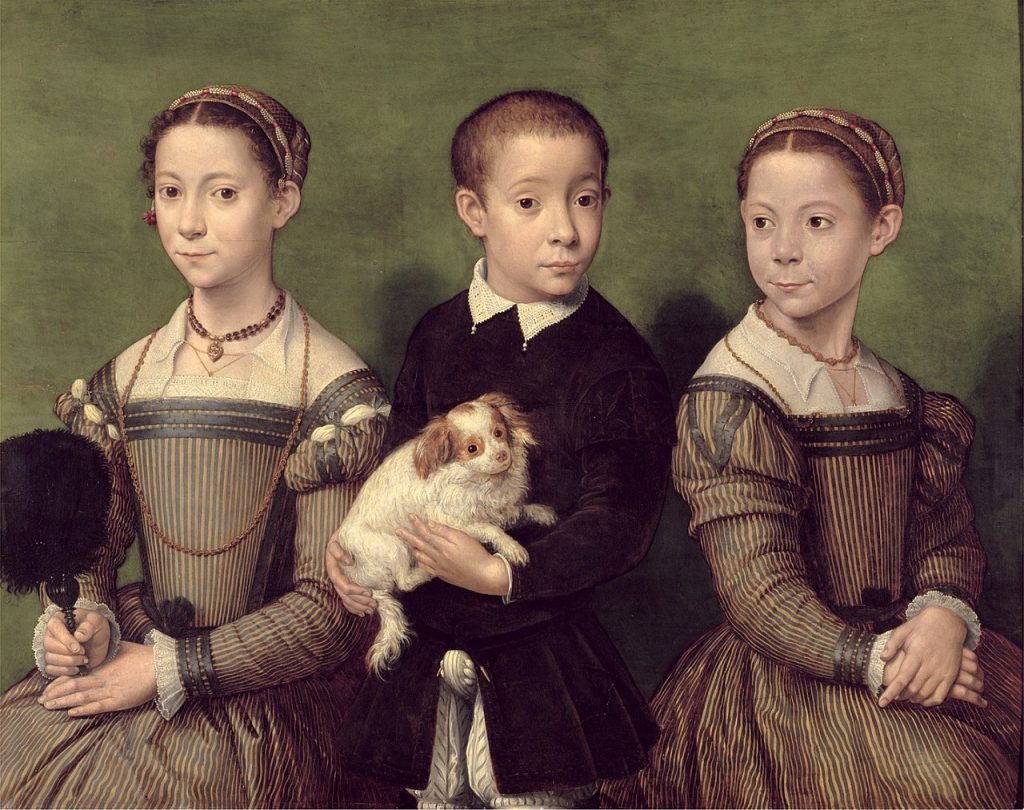
Sofonisba Anguissola, Three children with dog
The erasure of female artists continues well beyond the Renaissance Era. In 1984, a group of anonymous women in gorilla masks – dubbed the Guerrilla Girls – questioned the lack of female artist representation in art exhibits and museums. An exhibit at the Museum of Modern Art (MoMA) featured 169 artists and only 10% of them were women. Consequently, the Guerilla Girls began their quest to reveal the sexual discrimination prevalent within the art world. They posed the question, “Does a woman have to be nude to get into the MET?” following the reveal of the statistic that only 4% of the modern artists in the MET are female yet make up 72% of the nudes.
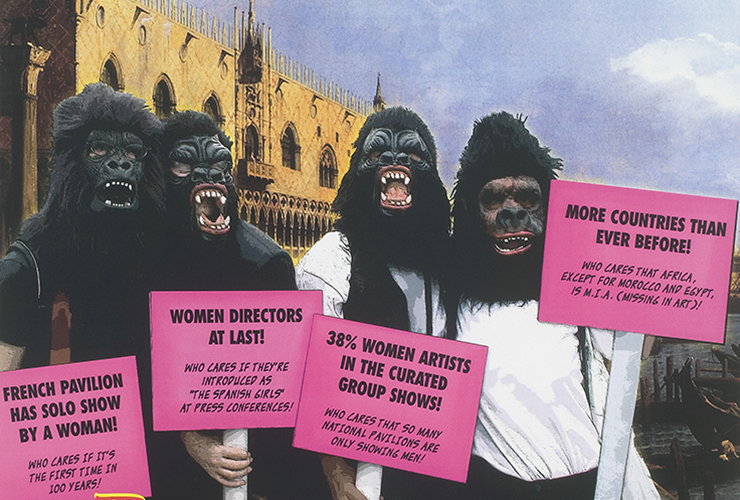
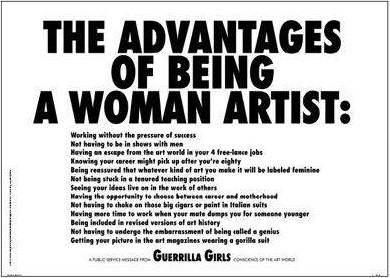
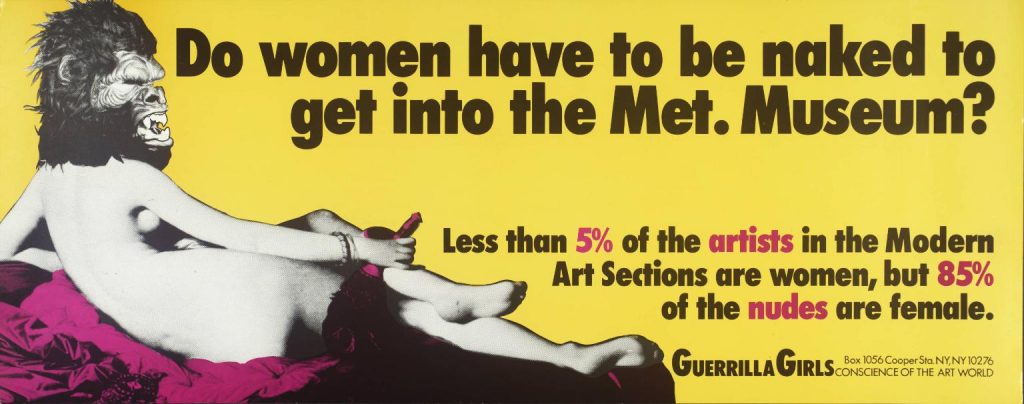
One female painter whose art was definitely well known is Margaret Keane, however, it was not well known under her own name — her husband took credit for her unparalleled “big eyes” art. Margaret believed Walter Keane was selling her paintings while she produced her stylistically unique artwork. Little did she know, he was taking credit for all of her creations. He told her the paintings would sell better if buyers believed they were speaking with the artist.
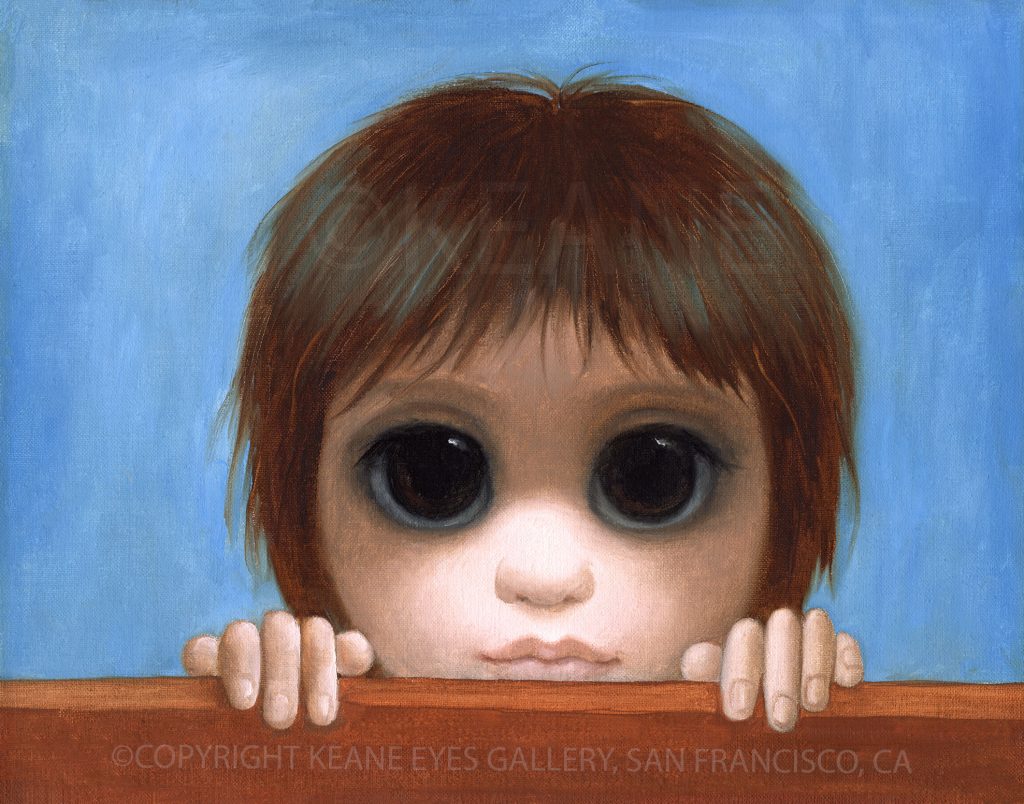
Margaret Keane, Exhibit 224
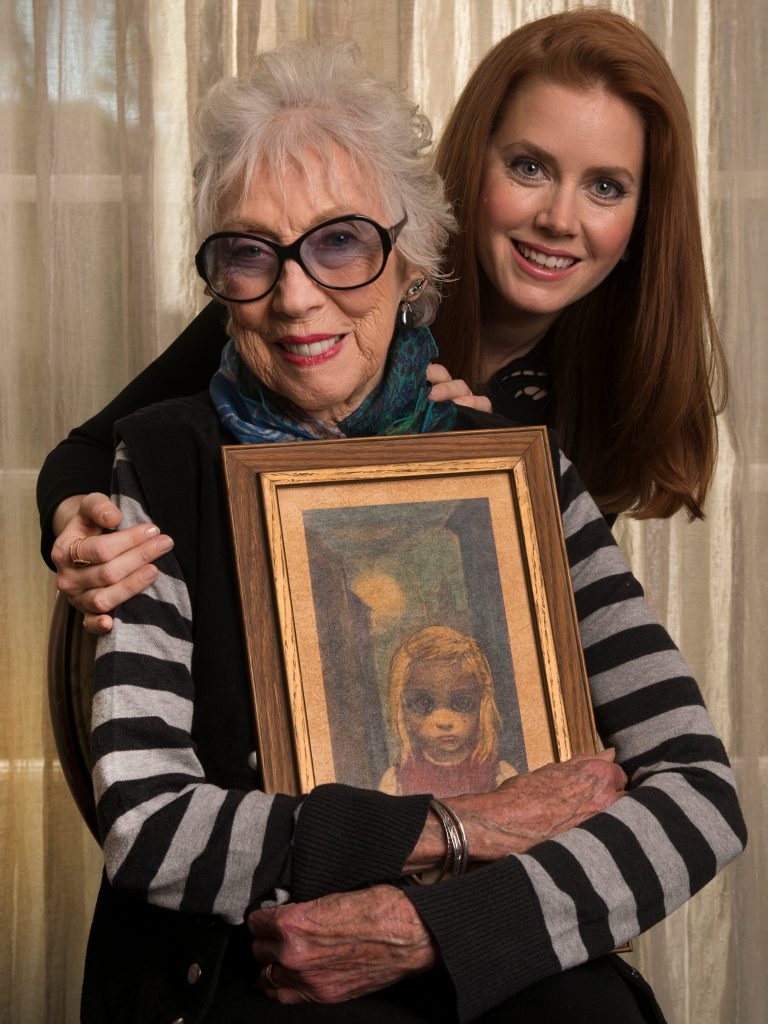
Margaret Keane with Amy Adams
She was initially furious, confronting him at home the night she found out. Margaret told him to stop but let her feelings get the better of her and continued playing the role of the artist’s wife for the next decade. Walter Keane enjoyed a lavish lifestyle while Margaret was trapped inside her home painting in a locked room. They divorced after 10 years of marriage, but Margaret did not reveal the truth for another five years.
Her story was made into a film by Tim Burton in 2014, starring Amy Adams as Margaret and Christoph Waltz as Walter.
It is important to take into account the intersectionality of these artists, much like the criticism that came along with the first wave of feminism that was heavily catered to straight white women, leaving out queer women and people of color.
The Harlem Renaissance was a period of time that began in 1920s New York. Members of the community began celebrating Black art and culture with Harlem as the epicenter. This era had an enormous impact on Black art and became the base for the Black Art Movement that would later appear in the 60s and 70s.
Laura Wheeler Waring was a Black female artist of the Harlem Renaissance. She is known for her portraits of prominent African-Americans throughout history. She was a featured artist in the Harmon Foundation’s very first all African-American artists exhibit. Her many portraits of well-known Black figures were interpreted to be her quiet way of participating in the early Civil Rights Movement.

Laura Wheeler Waring, Marian Anderson
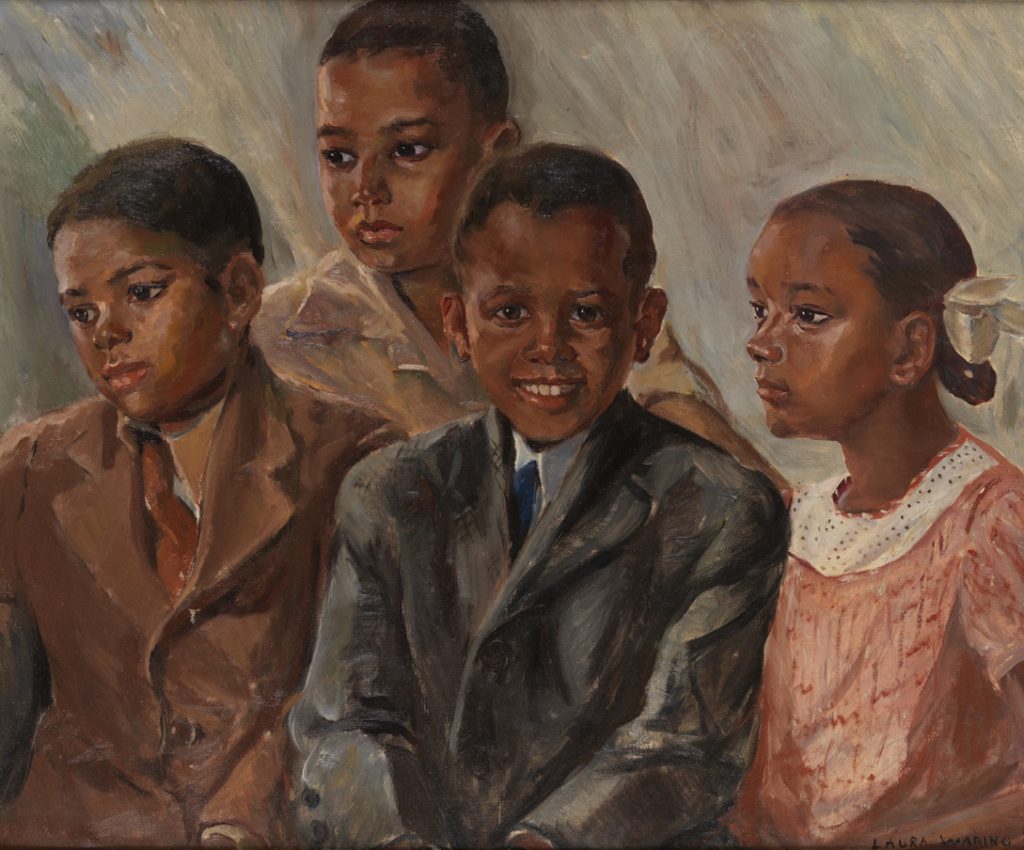
Laura Wheeler Waring, Four Friends
An Argentinian artist set out to bring attention to the lack of women in art history, as she became increasingly frustrated about the extreme focus on male artists in her study of different art movements.
Juliana Vido, an illustrator, began a series titled “Frame Her,” where she depicts female artists painting in their studios as imagined by Vido. She illustrates pioneers in art, like Helen Frankentheler, an abstract expressionist artist who invented the “soak-stain” technique. Frankentheler would pour thinned paint onto a canvas in order to produce different washes of color that merged with the canvas she was working on.
Another artist highlighted by Vido’s inspiring art piece is Leonora Carrington. She was a surrealist painter in a time where people were reluctant to accept women into surrealism. Carrington challenged the male gaze prominence in this art form and shifted the subject of her work to represent women’s self-perceptions and the bonds women create with one another.
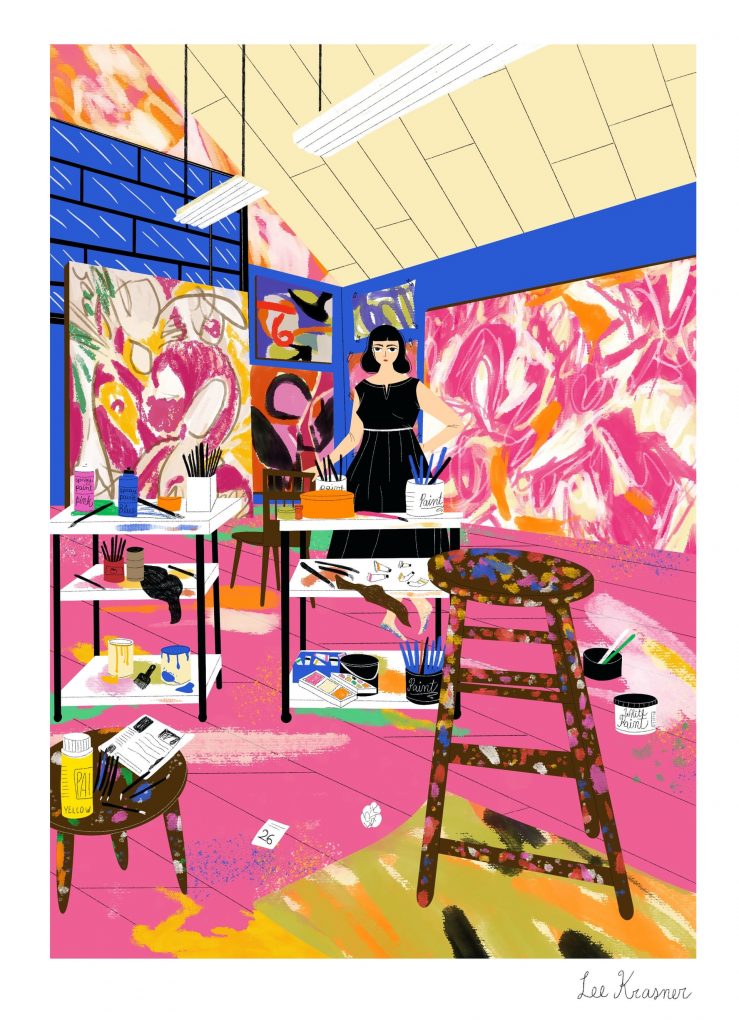
Juliana Vido, Frame Her: Lee Krasner
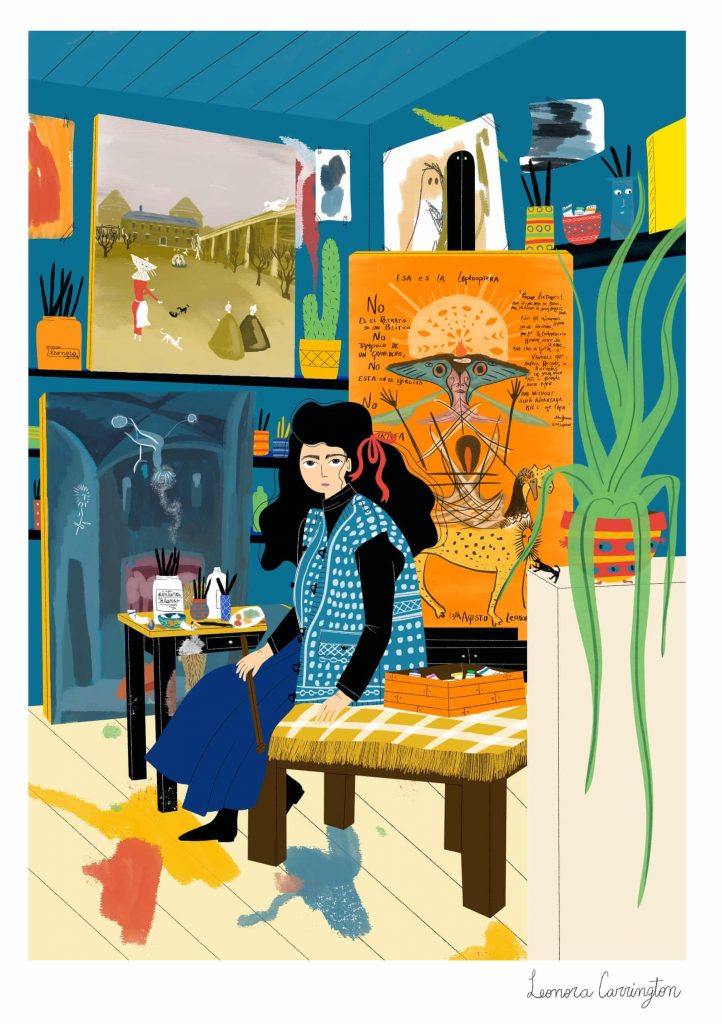
Juliana Vido, Frame Her: Leonora Carrington
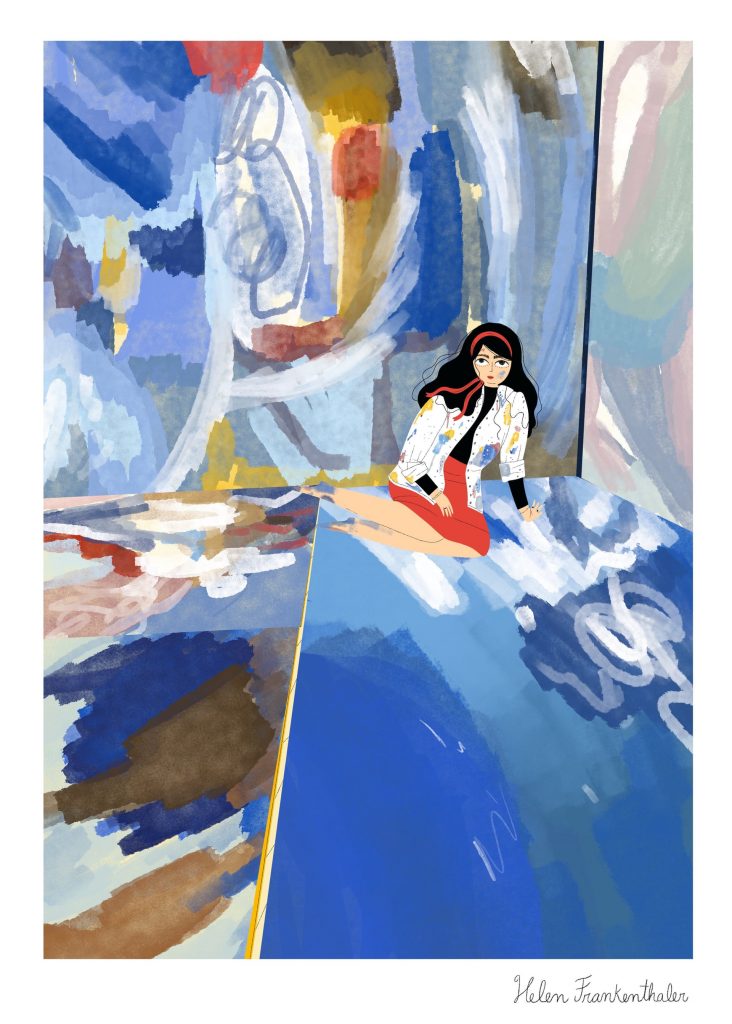
Juliana Vido, Frame Her, Helen Frankentheler
In an interview with the Guardian, Vido admitted her favorite artist in her series was Lee Krasner. Krasner was an abstract painter who was overshadowed by her more successful husband, Jackson Pollock. His role as a famous artist forced her to step back from her own art and dedicate her time to managing Pollock and his career.
It is important to recognize the female artists throughout history in order to give modern female artists the attention they deserve. Nude paintings of women are plastered all over textbooks and educational material in art classes, yet female artists were completely left out of the creation of the artwork that relied on their beauty to sell paintings. Women make up over half of the population, so their views and artistic expression of societal, political, and social issues should reflect that.

